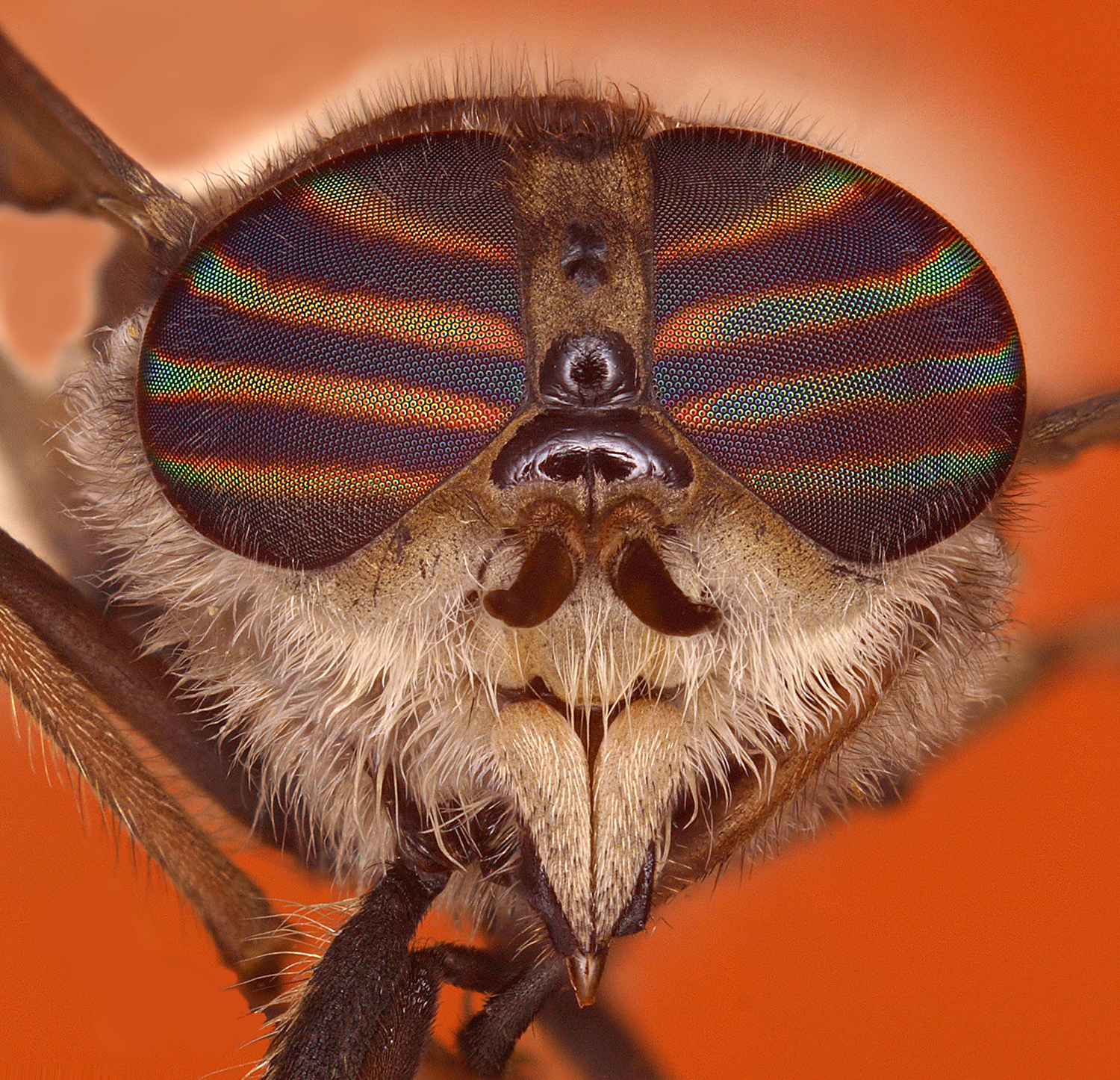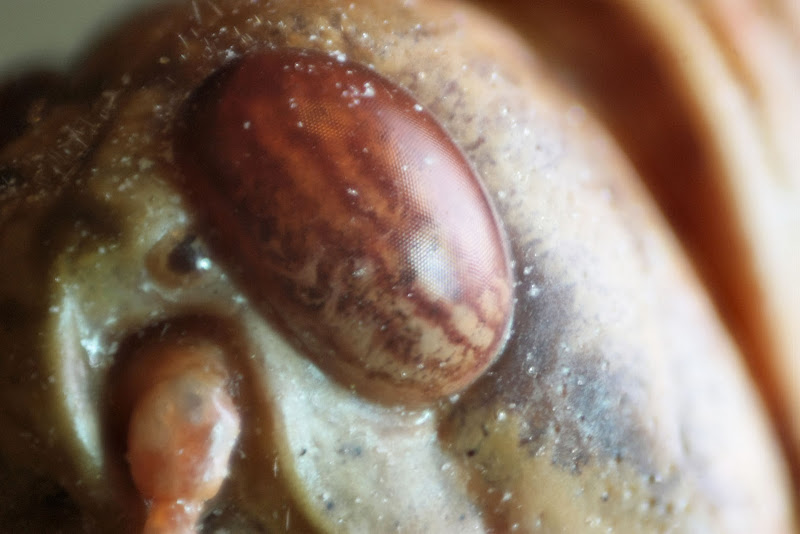Precarious
Well-known member
My babies are growing up.
Just happened to catch this...
Soundtrack by Precarious
Just happened to catch this...
Soundtrack by Precarious

Hey... you're right. I wonder if it has to do with the impressive headpiece?This is really impressive, Precarious! Thanks very much for taking the time and trouble to "film" it! It is interesting to note that the new ghost instar molts through the head of the old skin rather than through the thorax like most mantids that I have observed. Does anyone know of other mantids that do this?
Thanks! I'm trying to use more tripod lately which helps a lot.Yeah man, I really appreciate you uploading this kind of stuff. It's so clear I feel i'm almost in your room. I can grab a shot in focus at these magnifications with a load of crappy ones but your panning is real smooth. Lovin' it, no motion sickness with your vids B)
Watching your vids over the last few months has really made me consider upgrading my DSLR to get HD video rather than buying a new lens. Please drop the lowdown on your rig or point me to where you have already.










I've tried stacking by changing focus and I now understand that you have to do it by incrementally moving the point of focus rather than refocusing. When you refocus you're actually changing the zoom which changes the width of the field or even perspective if the change is too extreme. Sometimes that still works with stacking but it's very unpredictable.It looks like a stable and accurate bit of kit but I still have trouble understanding how changing the distance between the sensor and the object is able to give as good a stack as just changing the focus while maintaining the distance.
I suppose it's all about the overlap.
I just teach myself whatever I need to know. I do that with everything; music, art, video, etc. For me that's what works best. I feel my way around a bit then figure out where I'm lacking. I'm really good at researching things I'm passionate about and I'm not afraid to experiment. If you compare the videos I was making back in June versus recent ones you'll definitely see the progression.I'm very impressed! Did either of you take classes to get to this level or is it more hit and miss till you get good results over time?
Is there any free software out there to mess around with stacking? for a newbie with no skills like me.
My camera does have continuous shot (13 frames per sec) but I guess that won't help with stacking from what I'm reading.
Yes, thanks that does help a bit to understand but does that mean that if an algorithm was designed for a static distance it 'could' perform better? Infact the reason I got the canon 100mm macro was exactly that, the front element doesn't move at all, it's all internal. I was thinking that the canon remote control software would be great for it as you can shift the focus just a tiny bit with the onscreen button but it seems to let you move hardly anywhere or too much, no way to set a distance and repeat that step that I can see. It wouldn't be hard to implement into there I don't think, at least for the canon peeps that is.I just teach myself whatever I need to know. I do that with everything; music, art, video, etc. For me that's what works best. I feel my way around a bit then figure out where I'm lacking. I'm really good at researching things I'm passionate about and I'm not afraid to experiment. If you compare the videos I was making back in June versus recent ones you'll definitely see the progression.
You can do stacking in Photoshop CS4 or higher. It's not as good as programs made specifically for stacking but unless you're using an automated system, or at the very least a focusing rail, you won't have any success anyway. You will almost always need to correct some anomalies either way so if you're not proficient in Photoshop I'd imagine it could get very frustrating. It's by no means an exact science.
If you set your camera to manual focus and use continuous shot while advancing your camera on a focusing rail you might have success.
Do some experiments with your Canon and see if it works.Yes, thanks that does help a bit to understand but does that mean that if an algorithm was designed for a static distance it 'could' perform better? Infact the reason I got the canon 100mm macro was exactly that, the front element doesn't move at all, it's all internal.
...
It ain't exactly easy but I do beg to differ that it must be automated or on a rail to stack effectively.
I didn't believe it at first until I saw it. Two gents with the online names of LordV and Morfa come to mind.
You have to 'ground' yourself somehow and get comfy so you can rock gently to create the movement. 3 - 8 frames seems the sweetspot but I don't know how much digital pixel pushing is involved afterwards...


Yes, CombineZP is the newest version of CombineZM. I've never used it myself but I'll have to try it out if I get StackShot. I'm still debating whether or not to make the investment, but it's not much more than a good focusing rail so I guess I should.Anyway dude, all this has got my creative juices flowing so, i'm gonna have another go. I have photoshop at my disposal as long as I wait for my girlfriend to stop drawing charicatures and let me have a go. I find Photoshop a bit intimidating as there is 50 ways to do anything and just learning what all the tools do takes hours but pixel gimp doesn't let you work in layers in anyway I can understand.
C'mon, ya big chicken. Photoshop won't byte.Hey, I said intimidated, not scared B)

Enter your email address to join: